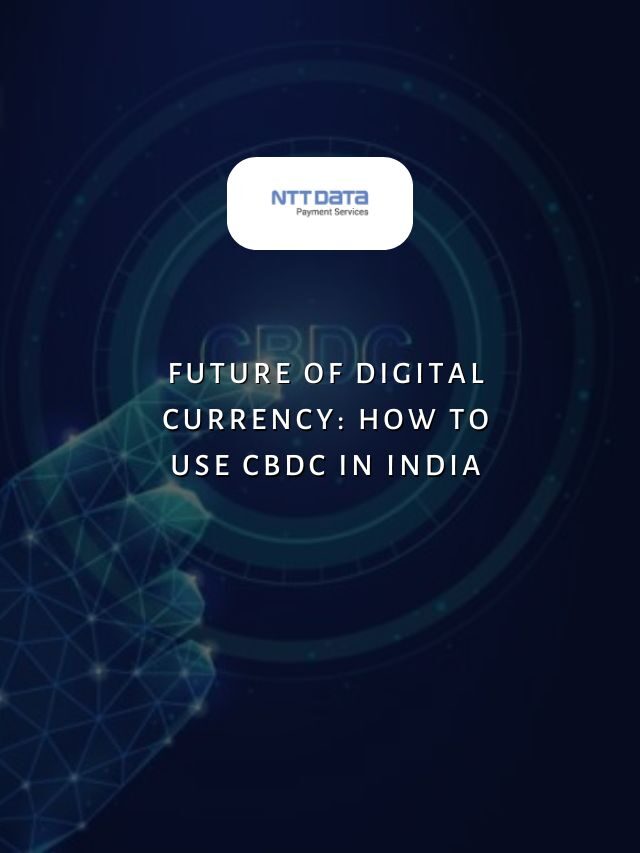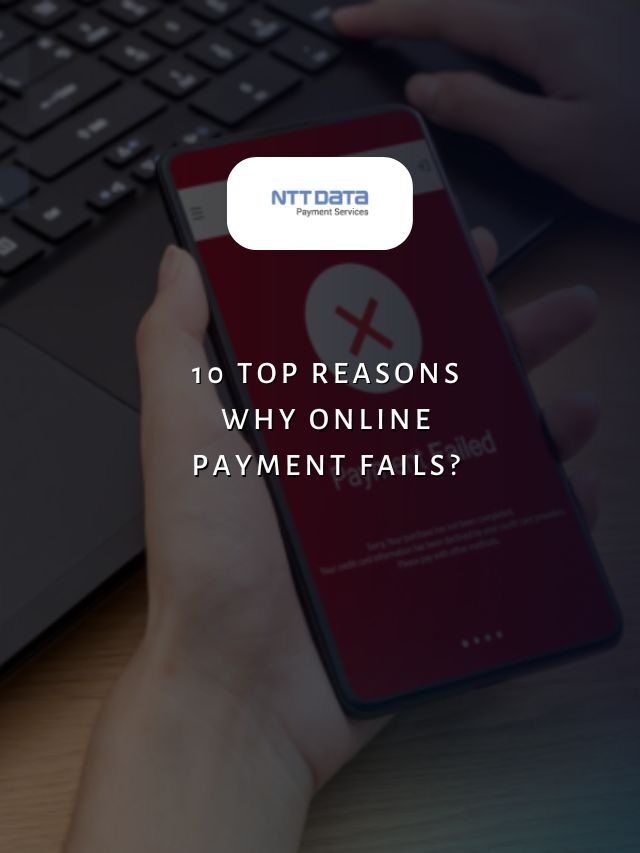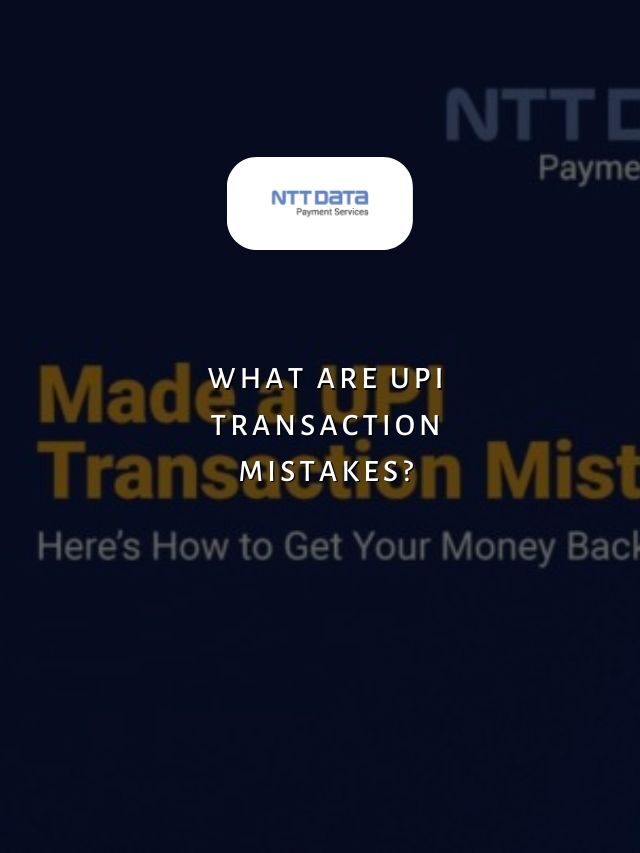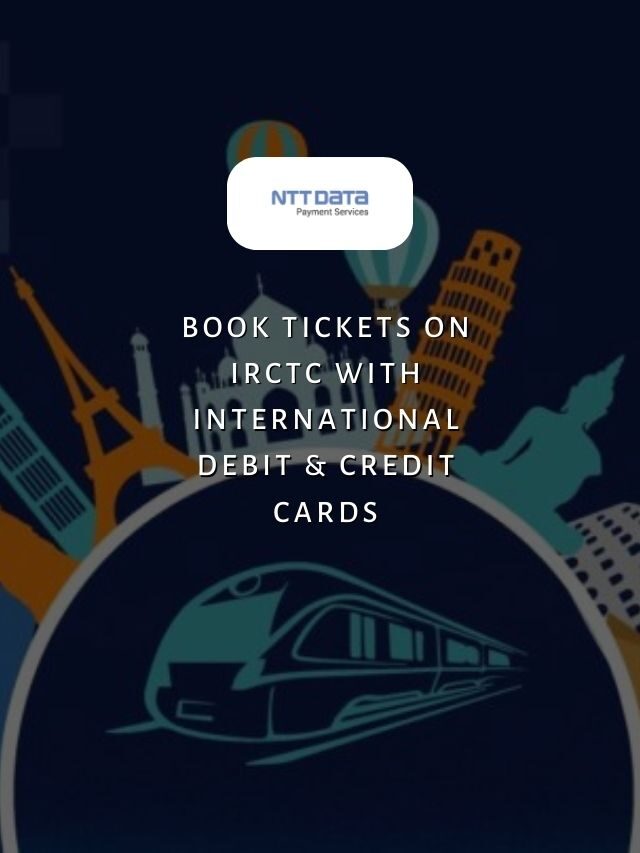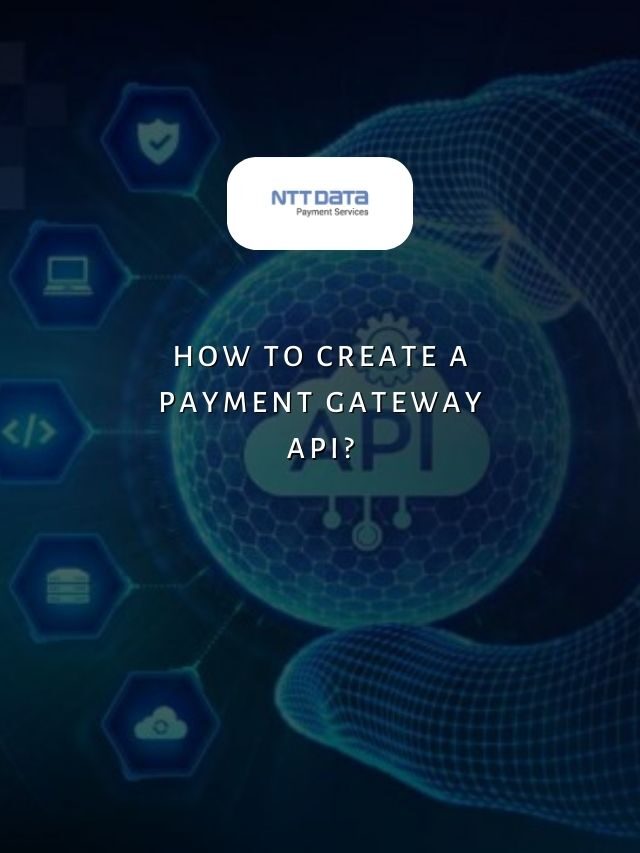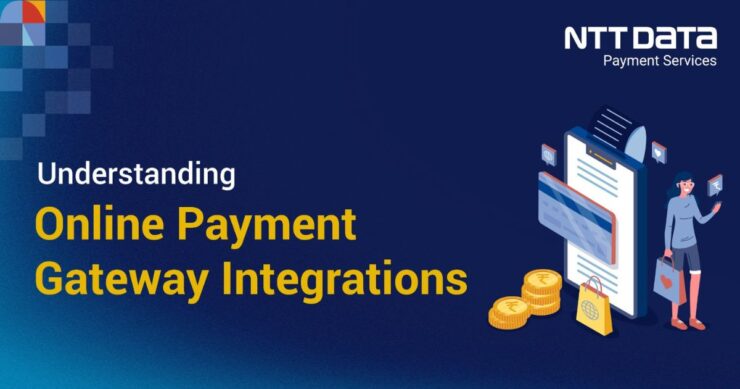
Table of Contents
- 1 Why do businesses need to understand Online Payment Gateway Integrations?
- 2 Recent Web Stories
- 3 What is an Online Payment Gateway?
- 4 How do Online Payment Gateway Integrations Work?
- 5 Access the Best Online Payment Gateway with NTT DATA Payment Services
- 6 Conclusion
- 7 Frequently Asked Questions (FAQs)
Integrating a payment gateway allows merchants to accept various online payment methods. In this blog post, we will discuss the importance of understanding online payment gateway integrations for businesses, what an online payment gateway is, how payment gateway integrations work, and the step-by-step process for integrating an online payment gateway.
Why do businesses need to understand Online Payment Gateway Integrations?
Businesses must offer customers a convenient way to make online and mobile payments. Accepting credit/debit cards, digital wallets, and other popular payment methods directly on a company’s website or mobile app improves the customer experience and drives sales. Automating payments and removing the need to handle physical cash or checks also saves time.
Most importantly, offering online payment options helps businesses reach more customers. People are doing more shopping, services, and transactions online than ever before. If a business does not accept digital payments, it is essentially missing out on a huge portion of potential customers. Integrating an online payment gateway allows merchants to accept payments from anywhere with just a few clicks. However, setting up a payment gateway integration requires understanding several technical and compliance aspects.
Recent Web Stories
What is an Online Payment Gateway?
An online payment gateway is a merchant service that authorises credit card or other online payments for e-commerce, online retailers, and the purchase of other services. It is the link between a company’s website and the processing network for authorising and completing transactions.
Some key aspects of an Online Payment Gateway include:
Here are some key aspects of an online payment gateway:
- Integrating directly into a website or mobile app through simple APIs (Application Programming Interfaces)
- Supporting major credit/debit cards, digital wallets, bank transfers, UPI and QR, etc.
- Authorising transactions in real-time and handling security/compliance
- Managing payments, settlements, and reporting
- Providing tools for order management, recurring billing, and more
How do Online Payment Gateway Integrations Work?
The integration process typically involves these main steps:
1. Sign Up and Onboarding
Merchants need to sign up for a payment gateway account and go through the onboarding process, which includes submitting business documents for verification.
2. Configuration
Merchants configure the gateway settings, like transaction limits, and supported payment methods based on business needs. They also generate API keys/credentials for integration.
3. Frontend Integration
Merchants integrate the payment form/buttons provided by the gateway on their website checkout/payment pages. This allows for capturing customer payment details securely.
4. Backend Integration
The backend (server-side) is integrated to process transactions by sending and receiving API calls from the gateway. Programming languages like PHP, Python, Node.js, etc. are used.
5. Testing and Debugging
Thorough testing is done by making sample/mock transactions to ensure smooth functioning. Any errors are debugged and resolved.
6. Go Live
Once fully tested, the integration is launched for live customer transactions. Ongoing monitoring and maintenance is required. Click here to learn more about the benefits of online payment gateway integrations for businesses.
Access the Best Online Payment Gateway with NTT DATA Payment Services
NTT DATA Payment Services is a leading provider of payment processing solutions for businesses worldwide. We offer a complete payment solution to advance your offline and online businesses. From online payment gateways and POS machines to IVR payments and Bharat QR Scan and Pay, we ensure maximum convenience and safety for all your payments.
Conclusion
As online businesses grow exponentially, understanding online payment gateway integrations & robust payment processing capabilities is critical for merchant success. Choosing the right payment gateway and integrating it securely and compliantly is a key factor.
A payment gateway securely processes transactions, handles compliance, and provides tools to manage orders, customers and reports. Integrating a reliable gateway takes just a few simple steps and opens up a business to a huge global customer base.
| Also, you can get frequent updates on nttdatapayments Instagram page. |
Frequently Asked Questions (FAQs)
1. What are the benefits of integrating an online payment gateway?
Accepting digital payments improves the customer experience, drives sales by reaching more customers, and saves time by automating payments and removing cash/cheques.
2. How do I choose the right payment gateway for my business?
Consider factors like supported payment methods, transaction/settlement fees, security certifications, reputation, customer support, and extra features offered. Choose a provider that best fits your business needs.
3. Is setting up a payment gateway difficult?
No, the setup process is quite simple for most gateways. You need to sign up, configure basic settings, integrate the payment form, and test transactions. Gateway providers offer documentation and support to guide merchants smoothly.
4. How do I receive payments from my gateway?
Gateways deposit transaction amounts directly into your linked bank account as per your payment settlement schedule. You can view statement details online and download reports for your records through the console.
5. How do I handle refunds/cancellations through the gateway?
Gateways provide tools to issue refunds for incomplete/returned orders within a certain window. Refunds are processed and credited back to customer cards/accounts automatically.

